The future direction of F1's power unit technology will be dictated by road relevance, the FIA has insisted.
The sport's current power unit specifications have been in place since 2014, when the switch was made to V6 turbo-hybrid engines, a complex and expensive undertaking to try and help shift F1's technology into the future.
New regulations for 2026 have evolved these power units with the removal of the MGU-H and a further emphasis placed on the electrical power generated alongside the Internal Combustion Engine, a move that has heralded an influx of manufacturers - Audi makes its debut, whilst Honda returns, as well as Cadillac signing up.
But where will the next step take the sport? FIA Single Seater Director Nikolas Tombazis told select media including RacingNews365.com: “The step for 2026 has been defined, but what we do after that is still subject to discussion.
“There are still a lot of options on the table; whether more sustainable fuels, or hydrogen - which we have already put a lot of work into within the FIA - or more electric.
"But we always want to remain relevant to what the participating engine manufacturers want to do. We cannot go in a completely random direction that is not related to the road car.
"We have to stay relevant on the road. That is the main objective and I think anyone walking around the paddock can see that there is a huge challenge we have to take on."
Viewed by others:
Carbon footprint goals
Both F1 and the FIA have set aggressive environmental sustainability targets, with a plan to reach net-zero carbon emissions by the end of the decade.
But because emissions from the race cars themselves are only a small percentage of the sport's total footprint, the FIA knows that much still needs to be done outside the technical regulations.
“The share of the cars themselves in the total CO2 footprint is very low,” explained Tombazis.
"I think it's less than 2 per cent in total, so it's clear that our overall responsibility for the sport is to address the other 98 per cent as well, and that has to be done in terms of logistics, materials, part numbers, calendars, a lot of things.”
Most read
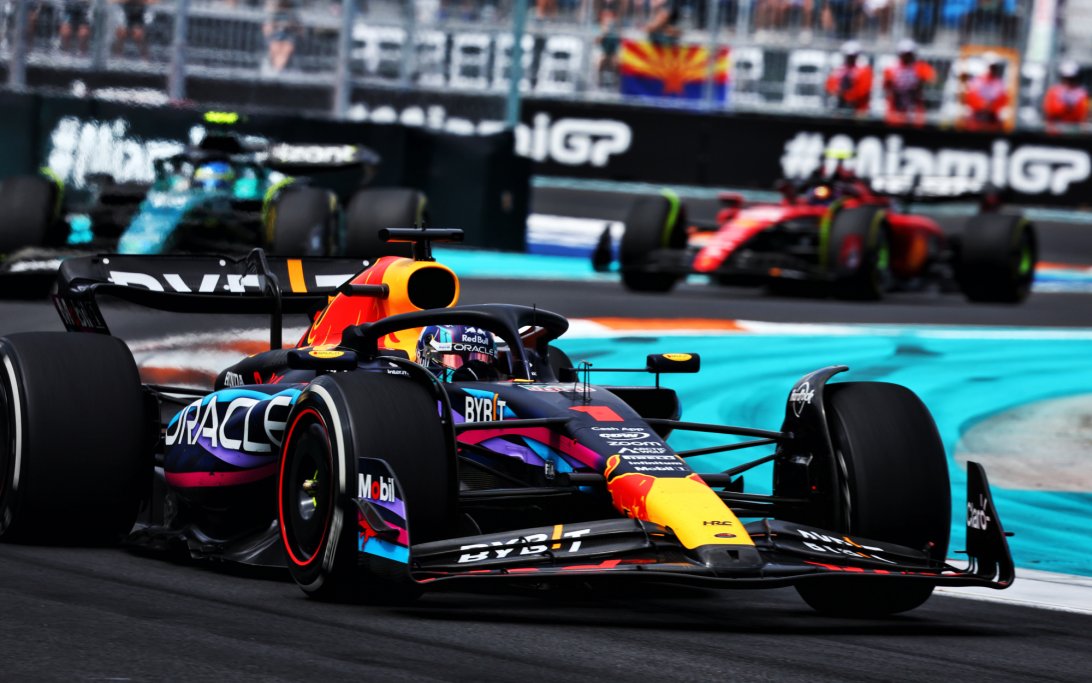


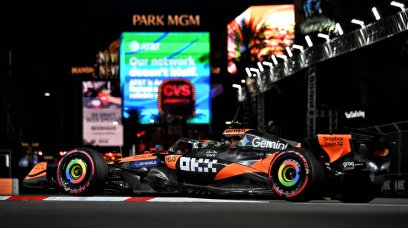
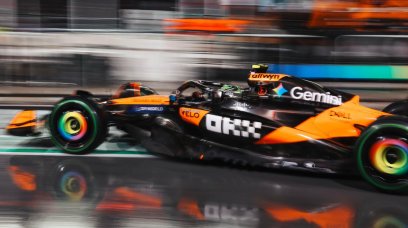


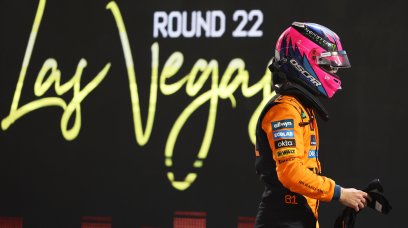
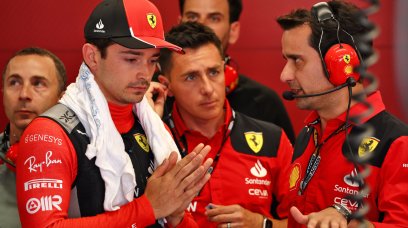
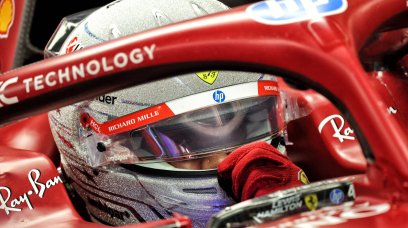

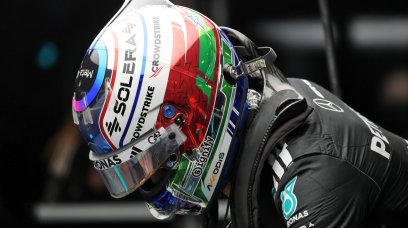












Join the conversation!